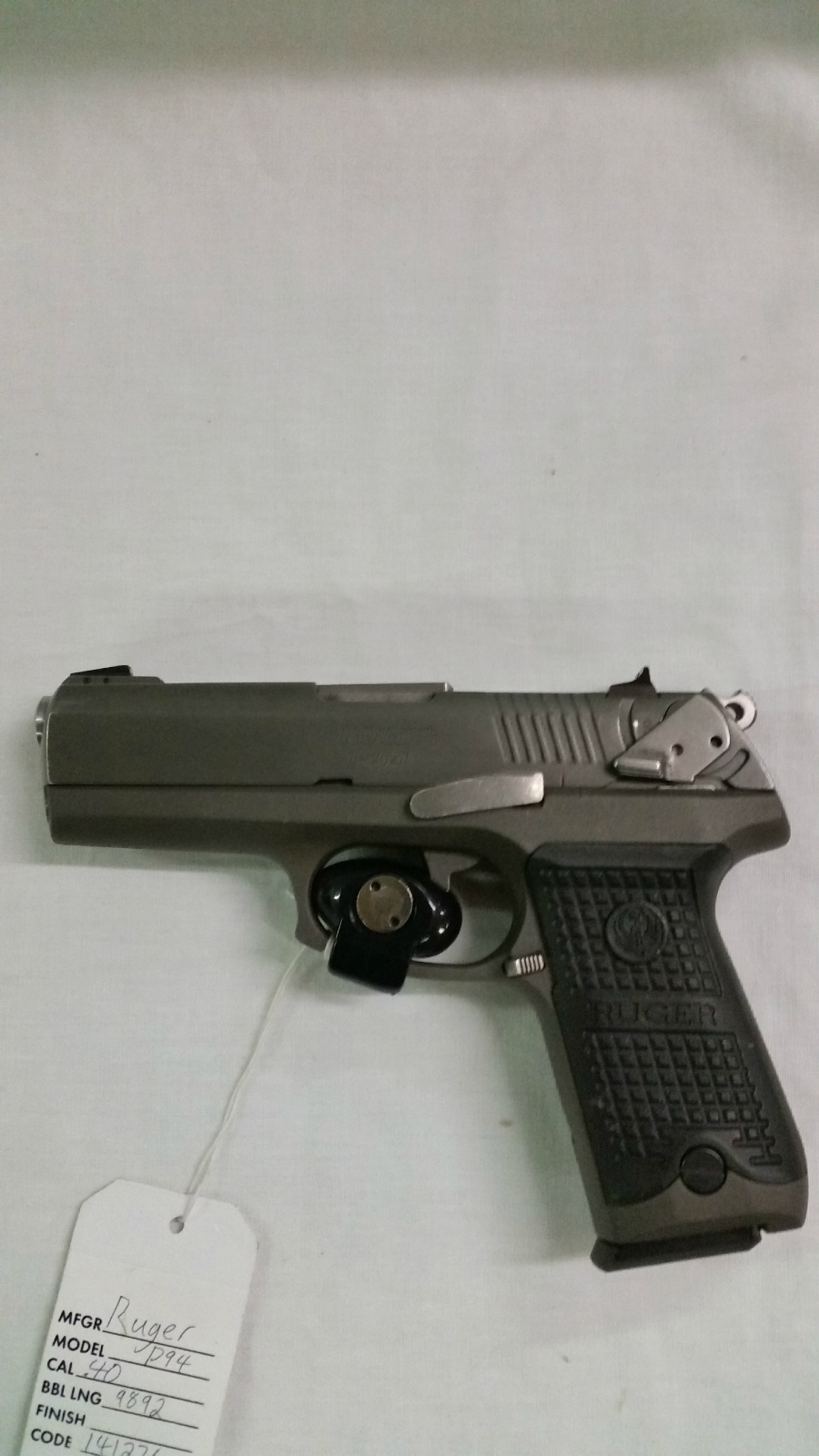
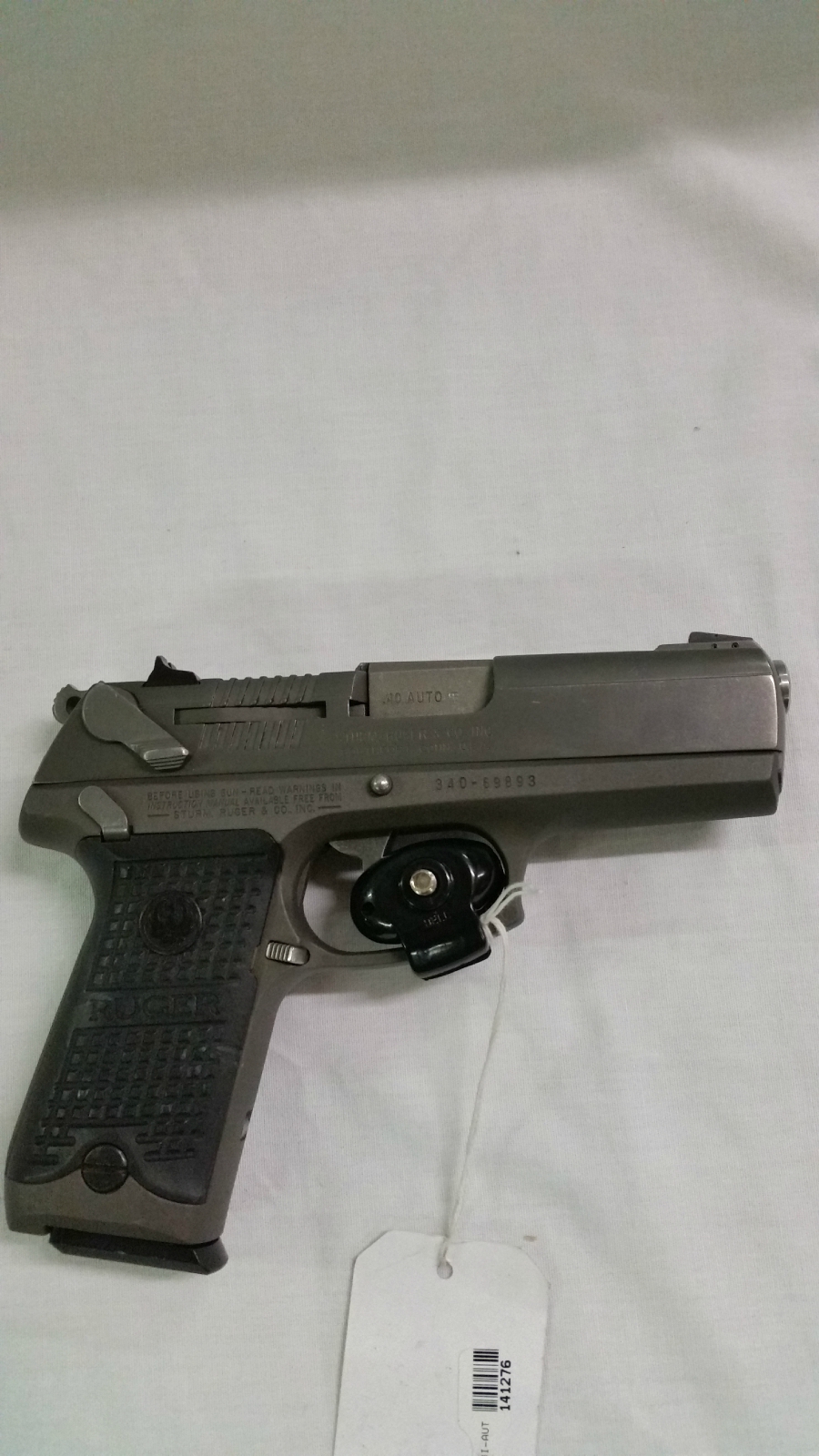
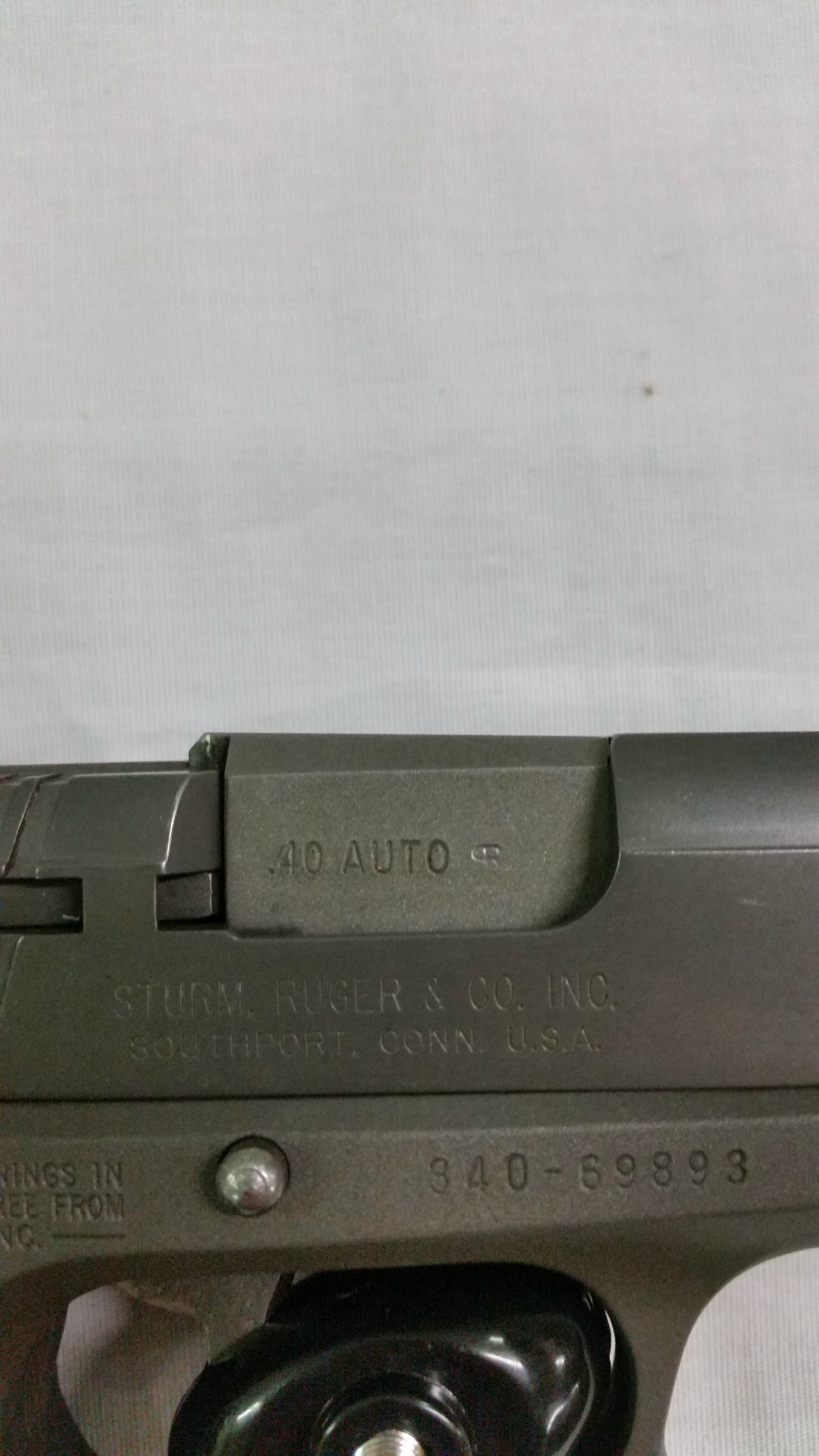
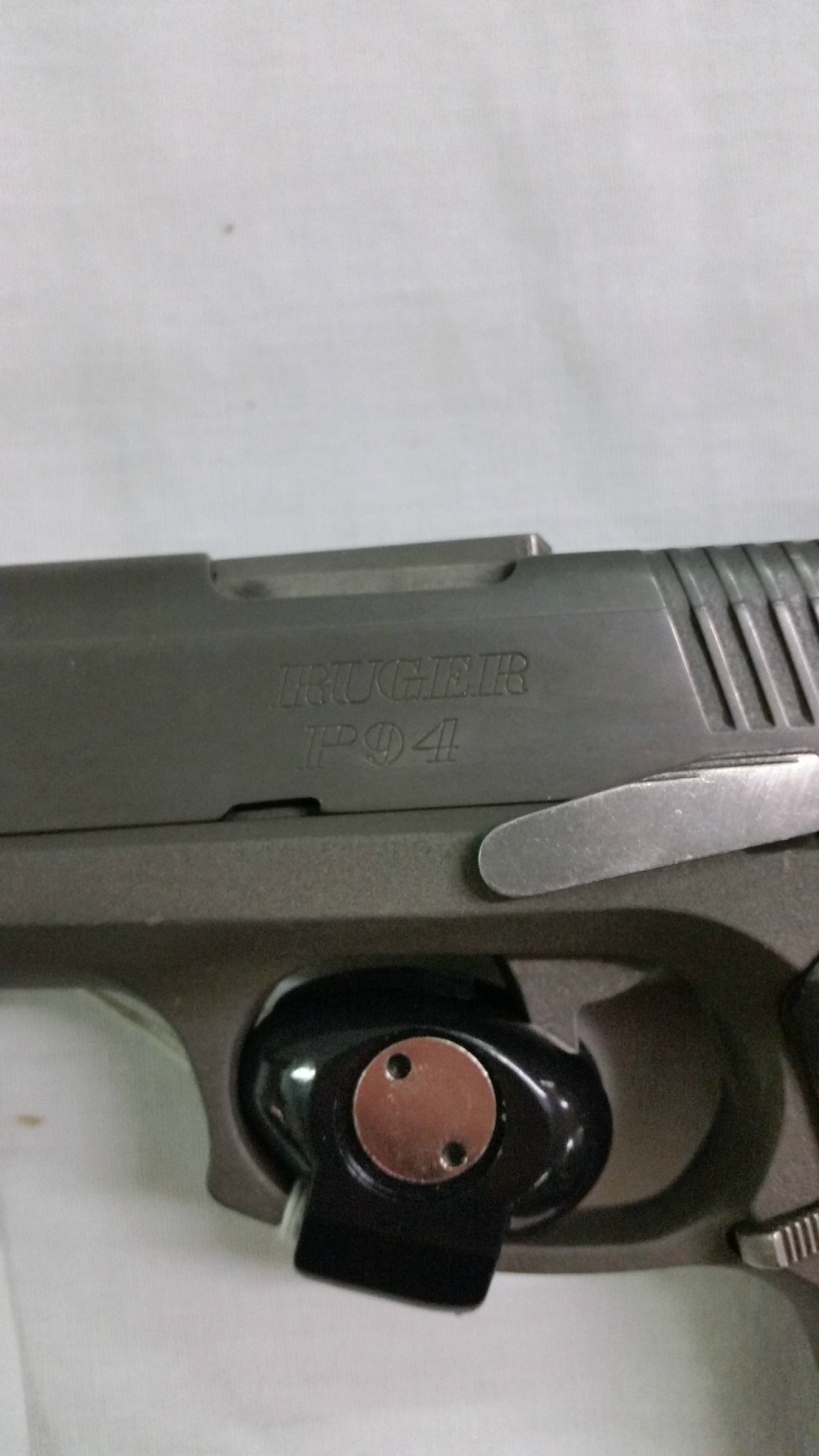
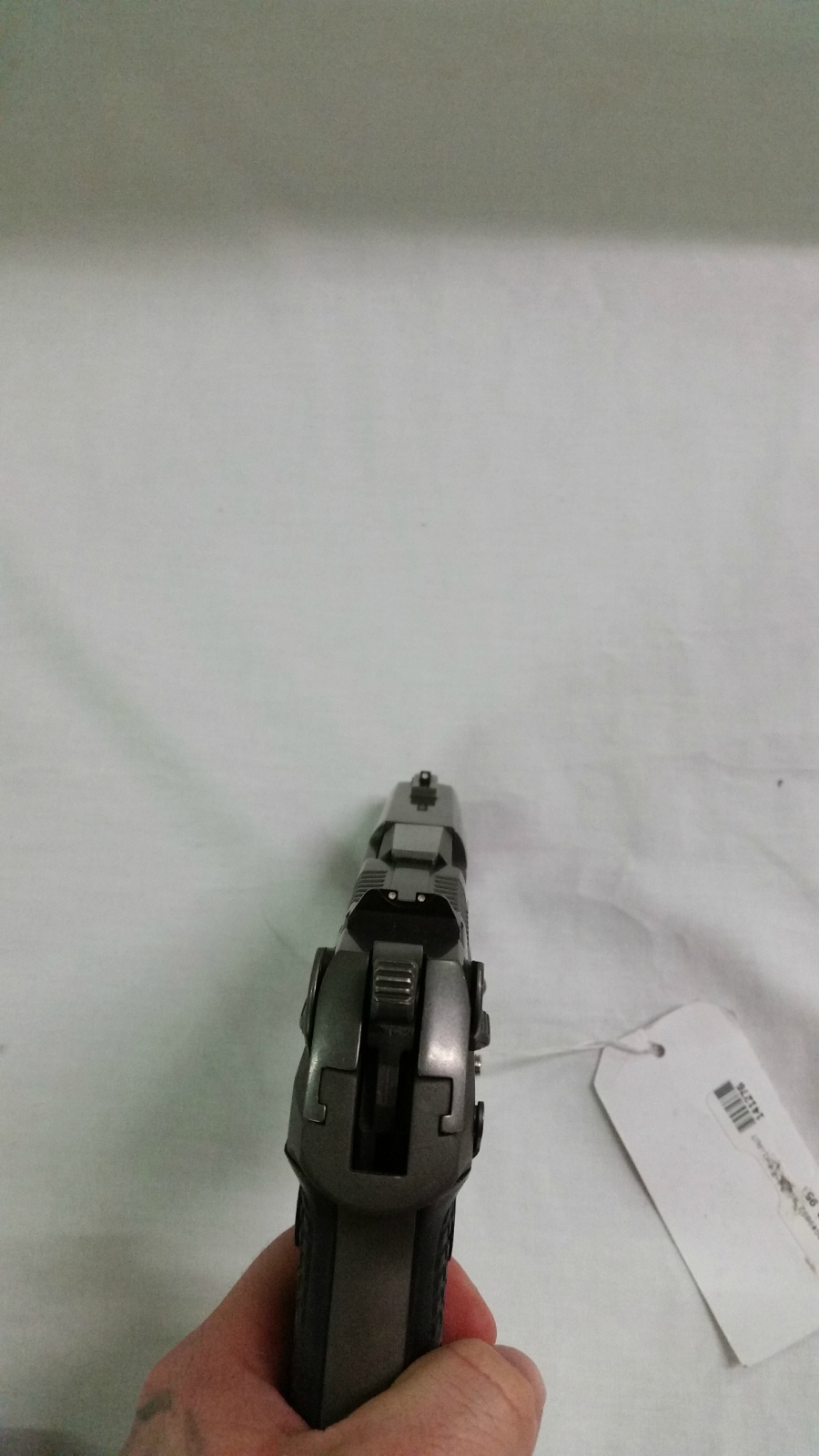







These are fun to shoot but are a real pain in the butt to field strip / clean.
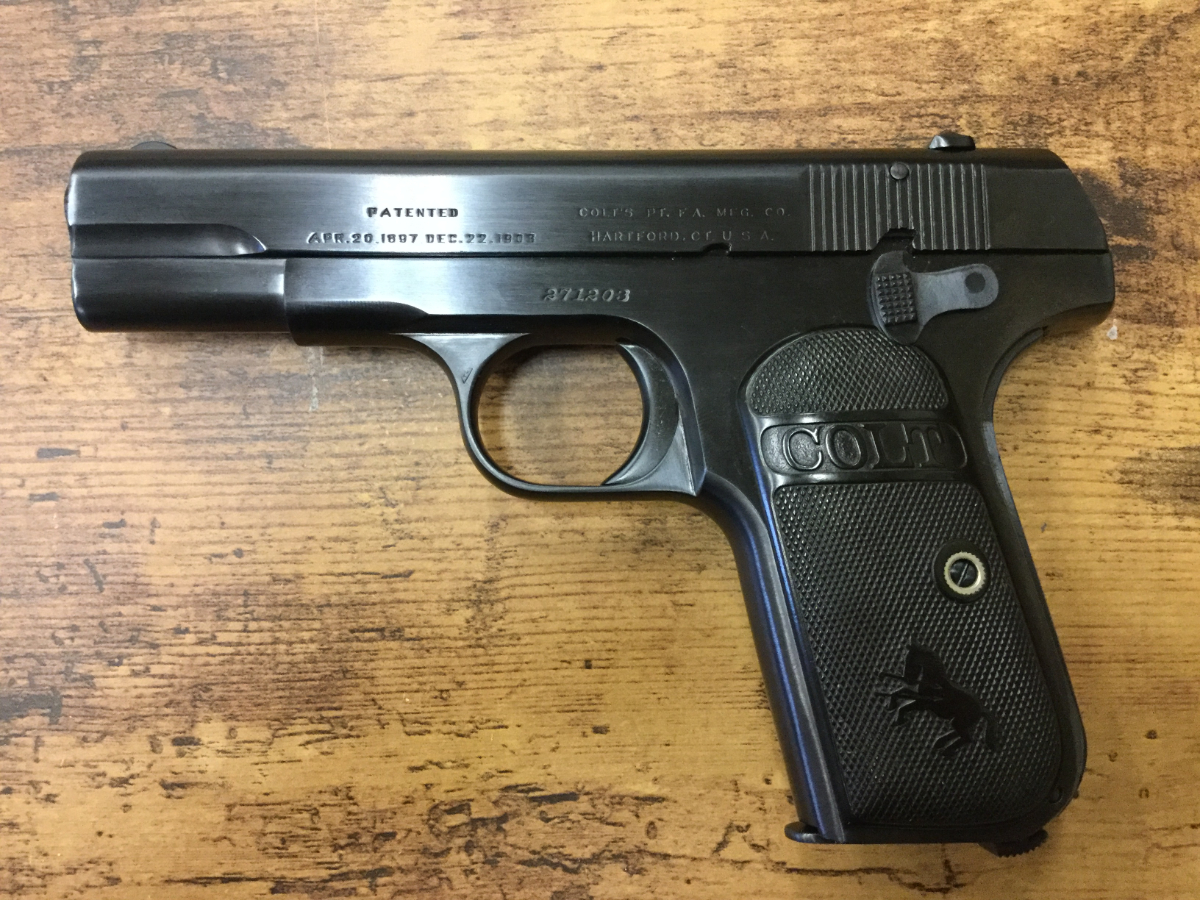
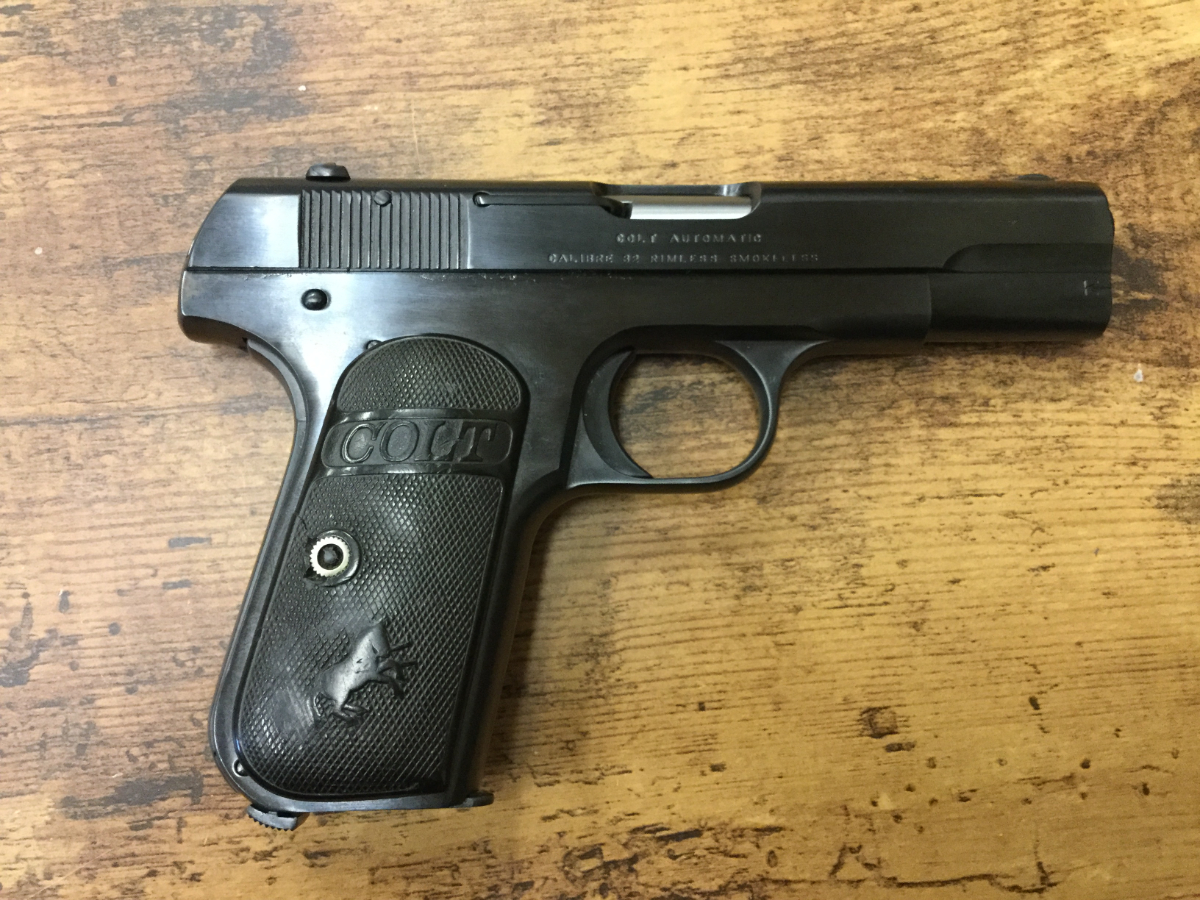
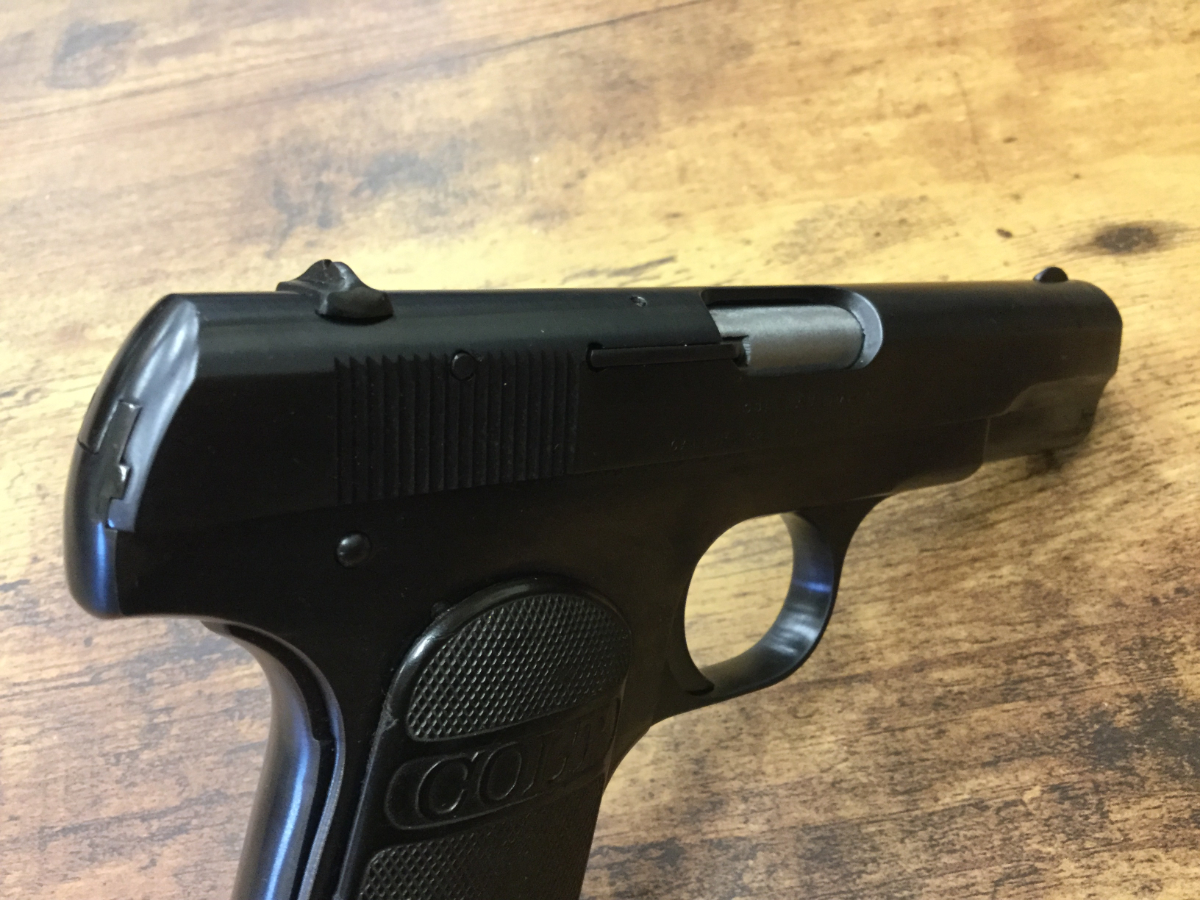
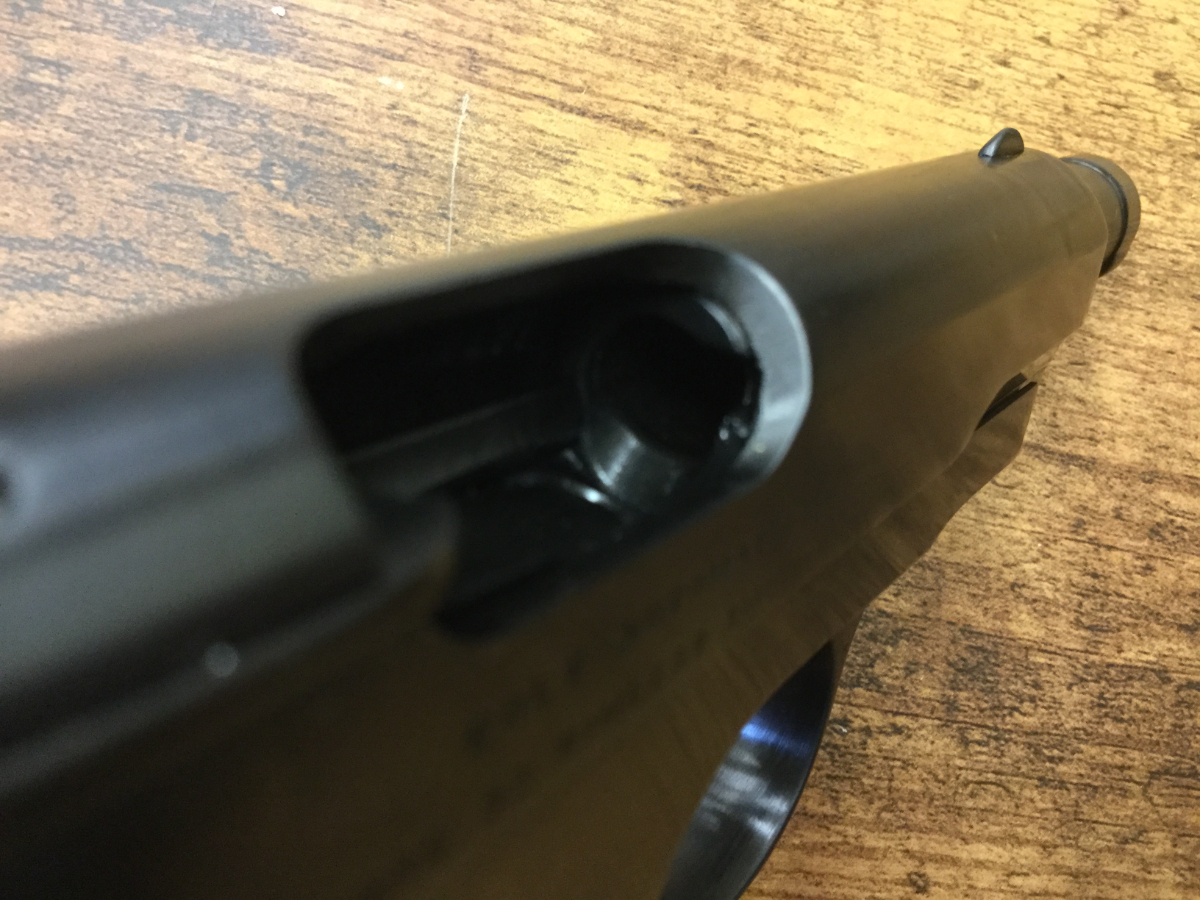
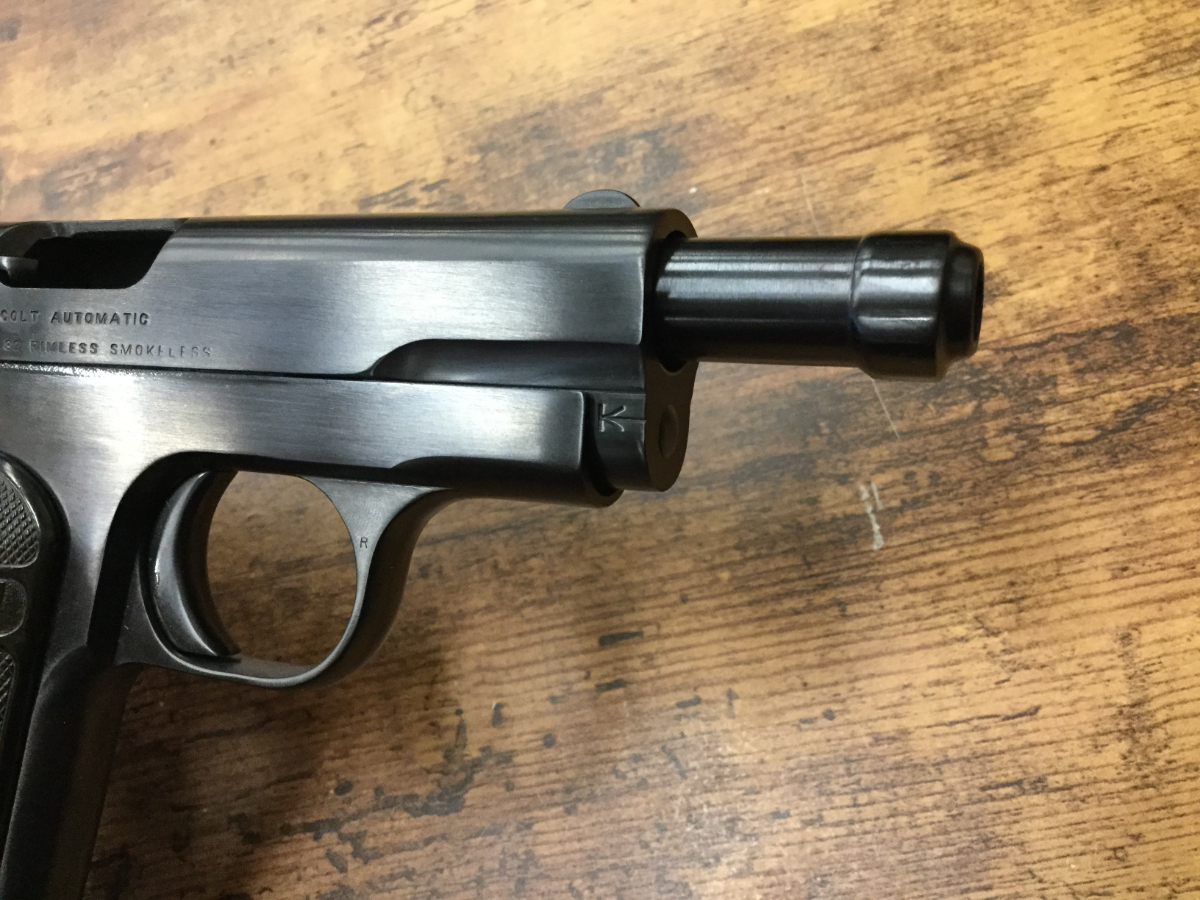

A riveting Twitter thread celebrated these brave heroes as the anniversary of the riots approaches.
From April 29 to May 4 in 1992, rioters burned and looted everything in sight to protest the acquittal of four Los Angeles Police Department officers for excessive force in the beating of King. The riots left over $1 million in property damage. Reginald Denny, a white truck driver who stopped at a traffic light in the middle of the riots, was also pulled from his truck and beat nearly to death by a mob of rioters. His skull was fractured in 91 places.
By the end of the rioting, 53 people were killed, including 35 from gunfire.
The poster began by describing how Korean citizens were initially being targeted by the rioters.
“Koreans were savagely attacked, while their businesses and homes were looted and burned. They did what good citizens do, they called the police and they waited for help. Unfortunately, police were stretched thin and were also being targeted for violence,” they wrote.
“So, what do good American citizens do when the police can’t or won’t help them and hordes of armed looters are descending upon them? They become peak American citizens by exercising their God given and constitutionally protected rights,” the thread continued. “Unfortunately for the rioters, most of these fine Americans were legal immigrants from Korea. As such, many of them had fulfilled Korea’s mandatory service obligations prior to earning American citizenship and took to the 2nd amendment like beef to bulgogi.”
The thread joked, “many were carried to the rooftops by bald eagles (or so the legend goes) and Roof Koreans were born.”
Two particular members of the Roof Koreans, David Joo and Richard Park, stood out from the rest.
“David, Richard, and their fellow citizens had to do some on-the-spot soul searching. Yeah they could run for their lives. But what’s life worth if you abandon everything you’ve spent your life toiling for, the existence you’ve sweated and labored for, in the face of danger?” the thread asked.
“Over 5 days, more than 1000 buildings in the LA area were destroyed, and over a billion dollars worth of damage done. But guess which communities endured the storm with minimal damage and injury? That’s right. The store David and Richard fought from still stands today,” he continued.
“We aren’t responsible for mass shootings, murder, or suicides. Neither are our weapons. You are your own best defense. Don’t let weak cowards scare you into giving up the best tools for that responsibility. And if you want to deprive me of my rights, come and take them,” the powerful and informative thread concluded.
At least, that’s what it looked like. In an astonishing, and frankly spooky, turn of events, as night fell, many of those wounded soldiers began to see a strange glow emanating from their wounds.
They called it “Angel’s Glow” and it lived up to its nickname. When they were eventually recovered and moved to the field hospital, the soldiers whose wounds had been so blessed ended up recovering better and faster, with cleaner wounds and a better survival rate than the un-glowing.
This really would sound downright impossible if it weren’t for the fact that it’s so well documented.
Sorry Guys but this is one of the Ugliest Rifles that I have ever seen! Which is really surprising to me. As The Italians almost always led the way in Style. Go figure!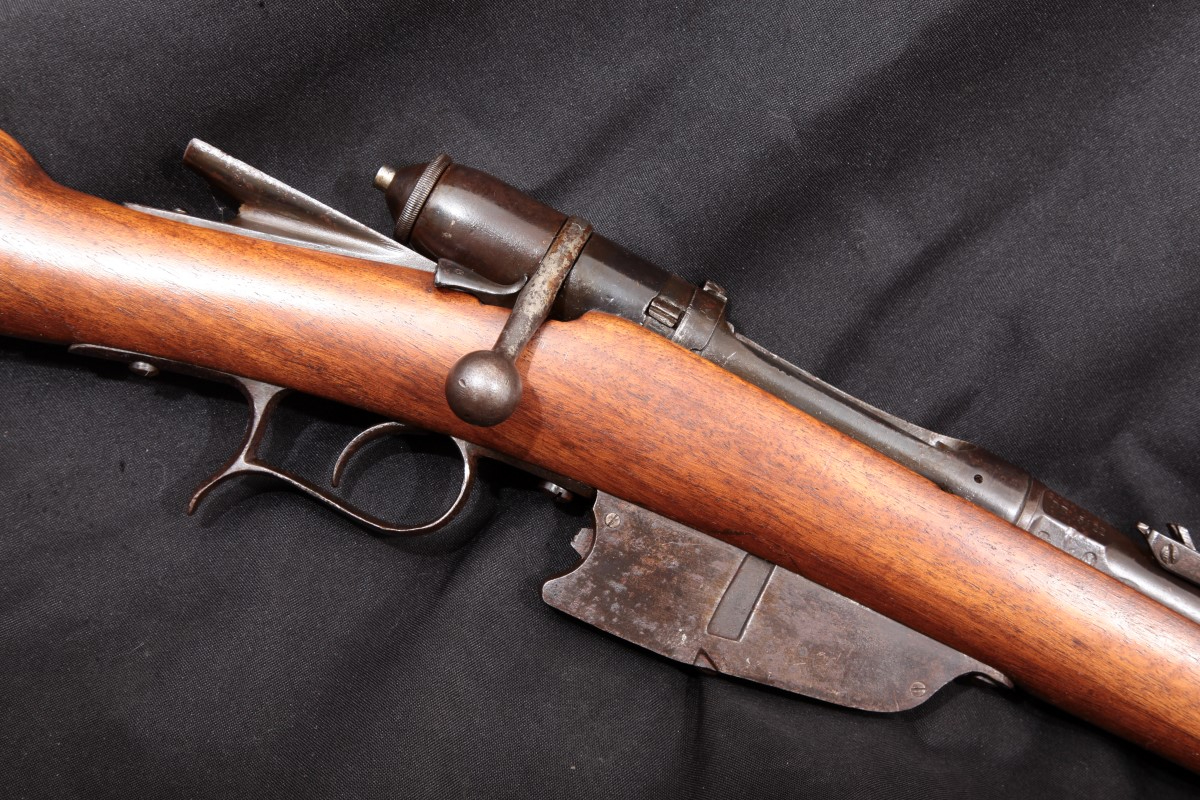
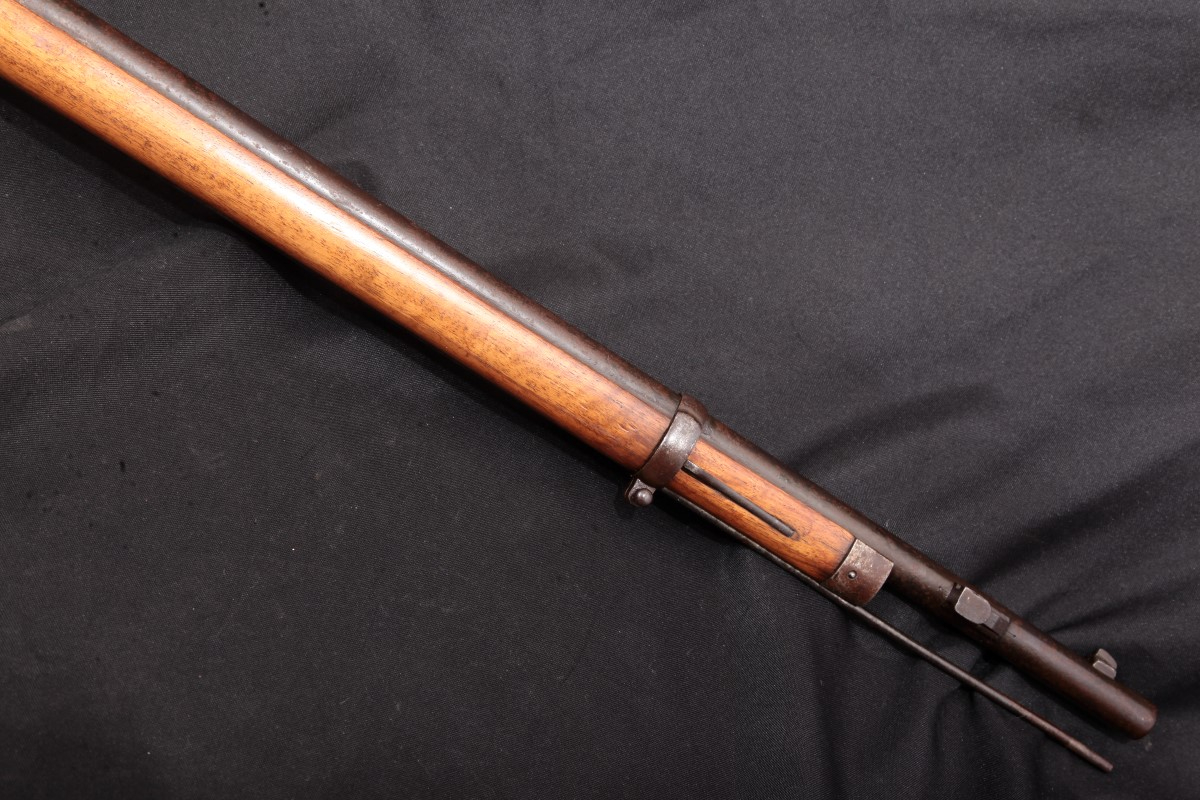
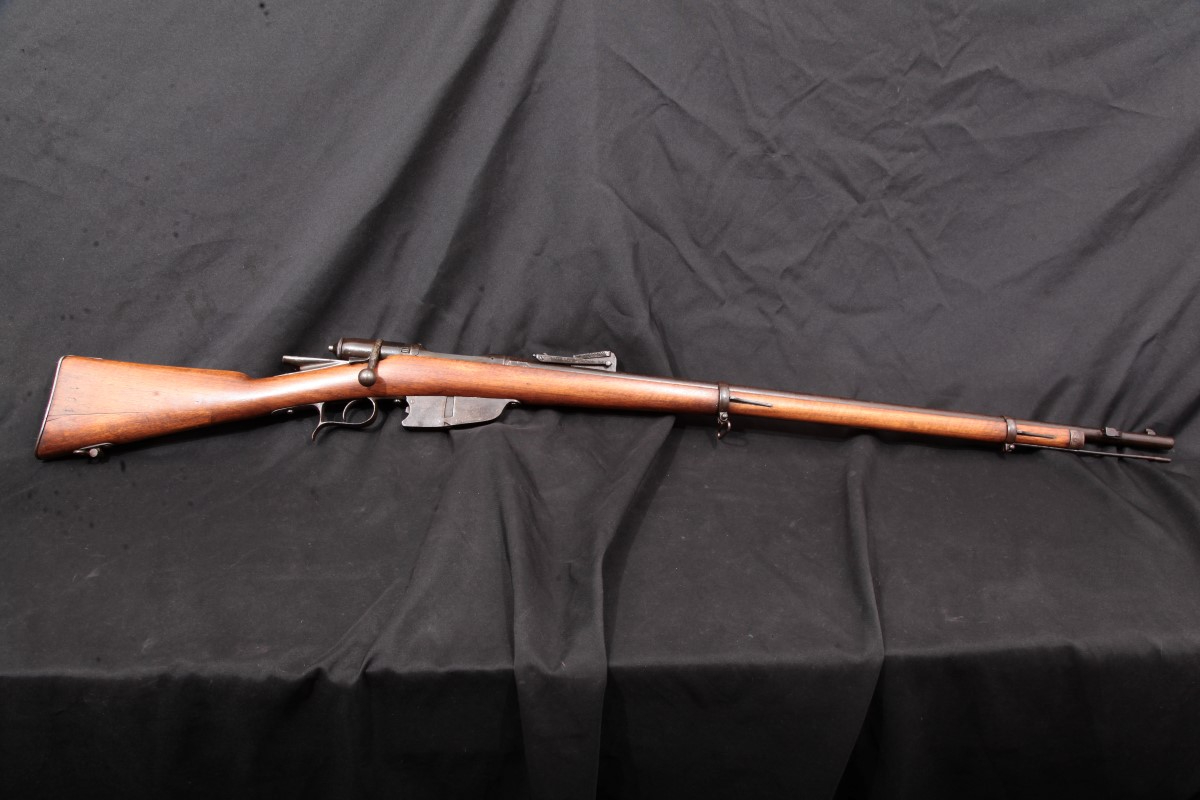

| Vetterli Model 1870 | |
|---|---|

Vetterli-Vitali rifle M1870/87
|
|
| Type | Bolt-action rifle |
| Place of origin | |
| Service history | |
| In service | 1870-1941 (at least) |
| Used by | Kingdom of Italy |
| Wars | First Italo-Ethiopian War Boxer Rebellion World War I Second Italo-Ethiopian War Spanish Civil War |
| Production history | |
| Variants | M1870/87 and M1870/87/15 |
| Specifications | |
| Weight | M1870/87: 10.19 lb (4.62 kg) M1870/87/15: 10.19 lb (4.62 kg) |
| Length | 52.95 in (134.5 cm) |
| Barrel length | 33.85 in (86.0 cm) |
|
|
|
| Cartridge | M1870/87: 10.4×47mmR M1870/87/15: 6.5×52mm Carcano |
| Action | Bolt-action |
| Muzzle velocity | M1870/87: 1,410 ft/s (430 m/s) M1870/87/15: 2,395 ft/s (730 m/s) |
| Effective firing range | M1870/87: 2,000 m (2,200 yd) M1870/87/15: 2,000 m (2,200 yd) |
| Feed system | M1870: single shot M1870/87: 4 round magazine M1870/87/15: 6 round magazine |
The M1870 Vetterli was the Italian service rifle from 1870-1887, when it was gradually replaced with the M1870/87 Italian Vetterli-Vitali variant. The M1870 was a single-shot bolt action rifle chambered for the 10.4mm Vetterli centrefire cartridge, at first loaded with black powder and later with smokeless powder. The M1870 was based upon the M1869 Swiss Vetterli but simplified for economy.
[hide]
In 1887 (until 1896), the Italian Army began converting the M1870 to a four-shot repeating rifle, based on the system designed by Italian artillery captain, G. Vitali. This conversion added a box magazine fed from a Swiss-style fabricated steel and wood stripper clip holding four cartridges, in the same caliber (10.4x47R mm) as before. The clip is pressed into the magazine, until the last round catches under the Cartridge retainer, and then the clip is withdrawn using the “pull string” in the top wooden frame of the clip. Clips of cartridges were supplied in a soldered sheet steel box, holding six clips.
The conversion to the Vitali magazine was done on the long rifle, the TS (special troops musketoon) and possibly some of the Carabinieri carbines; No Vitali conversions were done to the Moschetto da Cavalleria for metropolitan Italian troops. In 1888, the Fondo Coloniale (Eritrea) requested 500 Vitali-converted Vetterli cavalry carbines for the Eritrean Native Cavalry (“spahi“—Swahili for “horse-soldier”). There are currently five known examples still in existence ( one in Australia, two in the US, two in Italy). Collectors refer to it as the M1870/88 V.V.Eritrean cav carbine. The Regio Esercito (Royal Army) Cavalry units maintained the M1870 single shot Moschetto da cavalleria until replaced by the M1891 Moschetto da cavalleria, in 1893.
The conversion is indicted by a cartouche “Artig. Fab. D’armi Terni 1888” (dates vary), on the butt stock. The center of the cartouche displays a Crest of Savoy and the word, Riparazione (Italian for repair) is directly below the cartouche. Shortages of small arms appeared from the very beginning of Italy’s entrance into World War I on the side of the Allies.
As more of the population mobilized for the first total war in European history, the supply of modern small arms fell short before the end of 1915 and a large number of obsolete Modello 1870/87 Vetterli-Vital were issued to newly formed regiments that were not expected to be in combat, however, troops carried these antiquated rifles into battle on several occasions.
As well, in 1916, Italy sent a large number of Vetterli-Vitali rifles to Russia; ammunition and components were contracted for by Britain to the Remington Armory. These “tsarist” rifles eventually ended up in Republican hands in the Spanish Civil War, as the Soviet Union emptied its depots of all the old black powder and early smokeless rifles it had inherited after the Bolshevik Revolution of 1917.
During World War I, many M1870/87 rifles were converted to share the same 6.5mm smokeless powder round as the primary service rifle, the Carcano, by adding a 6.5mm barrel lining and a modified M91 Carcano magazine. The barrel sleeving was called the “Salerno method”; The bolt face was also machined to accept the smaller diameter 6.5 mm cartridge head, and the firing pin shortened. These conversions were used for rear echelon troops (guards, training, etc.) and were rarely, if at all, fired with standard 6.5 mm military ball ammunition. After WWI, many of these rifles were assigned to the colonies of Tripolitania, Fezzan and Cyrenaica (Libya) and also to Eritrea and Somalia, again, as rarely-fired training rifles. These rifles were used again in the Second Italo-Ethiopian War, mostly by native African soldiers.[1]
It is considered by knowledgeable collectors[who?] that due to the rifle’s age and general condition (manufactured in 1870-1890s) and converted twice (1887-90s and again 1915-16), that the black powder technology of the Vetterli design is not suitable for repeated use (i.e. intense combat use) with normal Italian ball ammunition of 6.5 mm, or its present-day commercial equivalent. Even back in the 1920s, anecdotal accounts of Salerno sleeves loosening under “hot” fire (they were soft-soldered in place) and subsequent “blow-by” experience since the 1950s appearance of these rifles as surplus has led to safety concerns.[2]
| Calibre | System | Country | Velocity | Height of trajectory | Ammunition | ||||||||
|---|---|---|---|---|---|---|---|---|---|---|---|---|---|
| Muzzle | 500 yd (460 m) | 1,000 yd (910 m) | 1,500 yd (1,400 m) | 2,000 yd (1,800 m) | 500 yd (460 m) | 1,000 yd (910 m) | 1,500 yd (1,400 m) | 2,000 yd (1,800 m) | Propellant | Bullet | |||
| .433 in (11.0 mm) | Werndl–Holub rifle | Austria-Hungary | 1,439 ft/s (439 m/s) | 854 ft/s (260 m/s) | 620 ft/s (190 m/s) | 449 ft/s (137 m/s) | 328 ft/s (100 m/s) | 8.252 ft (2.515 m) | 49.41 ft (15.06 m) | 162.6 ft (49.6 m) | 426.0 ft (129.8 m) | 77 gr (5.0 g) | 370 gr (24 g) |
| .45 in (11.43 mm) | Martini–Henry | United Kingdom | 1,315 ft/s (401 m/s) | 869 ft/s (265 m/s) | 664 ft/s (202 m/s) | 508 ft/s (155 m/s) | 389 ft/s (119 m/s) | 9.594 ft (2.924 m) | 47.90 ft (14.60 m) | 147.1 ft (44.8 m) | 357.85 ft (109.07 m) | 85 gr (5.5 g) | 480 gr (31 g) |
| .433 in (11.0 mm) | Fusil Gras mle 1874 | France | 1,489 ft/s (454 m/s) | 878 ft/s (268 m/s) | 643 ft/s (196 m/s) | 471 ft/s (144 m/s) | 348 ft/s (106 m/s) | 7.769 ft (2.368 m) | 46.6 ft (14.2 m) | 151.8 ft (46.3 m) | 389.9 ft (118.8 m) | 80 gr (5.2 g) | 386 gr (25.0 g) |
| .433 in (11.0 mm) | Mauser Model 1871 | Germany | 1,430 ft/s (440 m/s) | 859 ft/s (262 m/s) | 629 ft/s (192 m/s) | 459 ft/s (140 m/s) | 388 ft/s (118 m/s) | 8.249 ft (2.514 m) | 48.68 ft (14.84 m) | 159.2 ft (48.5 m) | 411.1 ft (125.3 m) | 75 gr (4.9 g) | 380 gr (25 g) |
| .408 in (10.4 mm) | M1870 Italian Vetterli | Italy | 1,430 ft/s (440 m/s) | 835 ft/s (255 m/s) | 595 ft/s (181 m/s) | 422 ft/s (129 m/s) | 304 ft/s (93 m/s) | 8.527 ft (2.599 m) | 52.17 ft (15.90 m) | 176.3 ft (53.7 m) | 469.9 ft (143.2 m) | 62 gr (4.0 g) | 310 gr (20 g) |
| .397 in (10.08 mm) | Jarmann M1884 | Norway and Sweden | 1,536 ft/s (468 m/s) | 908 ft/s (277 m/s) | 675 ft/s (206 m/s) | 504 ft/s (154 m/s) | 377 ft/s (115 m/s) | 7.235 ft (2.205 m) | 42.97 ft (13.10 m) | 137.6 ft (41.9 m) | 348.5 ft (106.2 m) | 77 gr (5.0 g) | 337 gr (21.8 g) |
| .42 in (10.67 mm) | Berdan rifle | Russia | 1,444 ft/s (440 m/s) | 873 ft/s (266 m/s) | 645 ft/s (197 m/s) | 476 ft/s (145 m/s) | 353 ft/s (108 m/s) | 7.995 ft (2.437 m) | 47.01 ft (14.33 m) | 151.7 ft (46.2 m) | 388.7 ft (118.5 m) | 77 gr (5.0 g) | 370 gr (24 g) |
| .45 in (11.43 mm) | Springfield model 1884 | United States | 1,301 ft/s (397 m/s) | 875 ft/s (267 m/s) | 676 ft/s (206 m/s) | 523 ft/s (159 m/s) | 404 ft/s (123 m/s) | 8.574 ft (2.613 m) | 46.88 ft (14.29 m) | 142.3 ft (43.4 m) | 343.0 ft (104.5 m) | 70 gr (4.5 g) | 500 gr (32 g) |
| .40 in (10.16 mm) | Enfield-Martini | United Kingdom | 1,570 ft/s (480 m/s) | 947 ft/s (289 m/s) | 719 ft/s (219 m/s) | 553 ft/s (169 m/s) | 424 ft/s (129 m/s) | 6.704 ft (2.043 m) | 39.00 ft (11.89 m) | 122.0 ft (37.2 m) | 298.47 ft (90.97 m) | 85 gr (5.5 g) | 384 gr (24.9 g) |
For the specifications and the service history of the Italian Vetterli-Vitali rifles. M1870/87 and the M1870/87/15: http://milpas.cc/rifles/ZFiles/Italian%20Rifles/The%20ITALIAN%20VETTERLI-VITALI%20RIFLES/VETTERLI-VITALI%20M1870%20MOSCHETTO%20CAVALRY%20CARBINE.wps.htm#MODEL_18708715_RIFLE, en:First Italo-Ethiopian War, Battaglia_dell’Amba_Alagi, Battaglia_di_Adua, Vetterli-Vitali_Mod._1870/87, Vetterli-Vitali_Mod._1870/87/15, http://forum.axishistory.com/viewtopic.php?t=156589 Italian forces in the Boxer Rebellion.
For amendments and additions (July 2, 2015) Typographical, Vitali clip design and function, Eritrean Cav.Carbine, Salerno method, Safety of Ball 6,5 ammunition: Personal examination and research by Dr. Astrid M.Vallati MD, JD. (DocAV) AV Ballistics Technical and Forensic Services, Brisbane, Australia. Rifles examined: M1870/87 Long Rifle, ex-Tsarist Russia, ex SCW; Moschetto TS M1870/87 AOI marked; Moschetto Cavalleria Eritrea M1870/88: Provenance Confirmed, Bringback to Australia, in 1928, by Surveyor-Gen. of Sudan; Acquired from grandson of same in 1990s, with Certificate of Sudan Service. Fucile M70/87/15 Cal. 6,5mm.


















